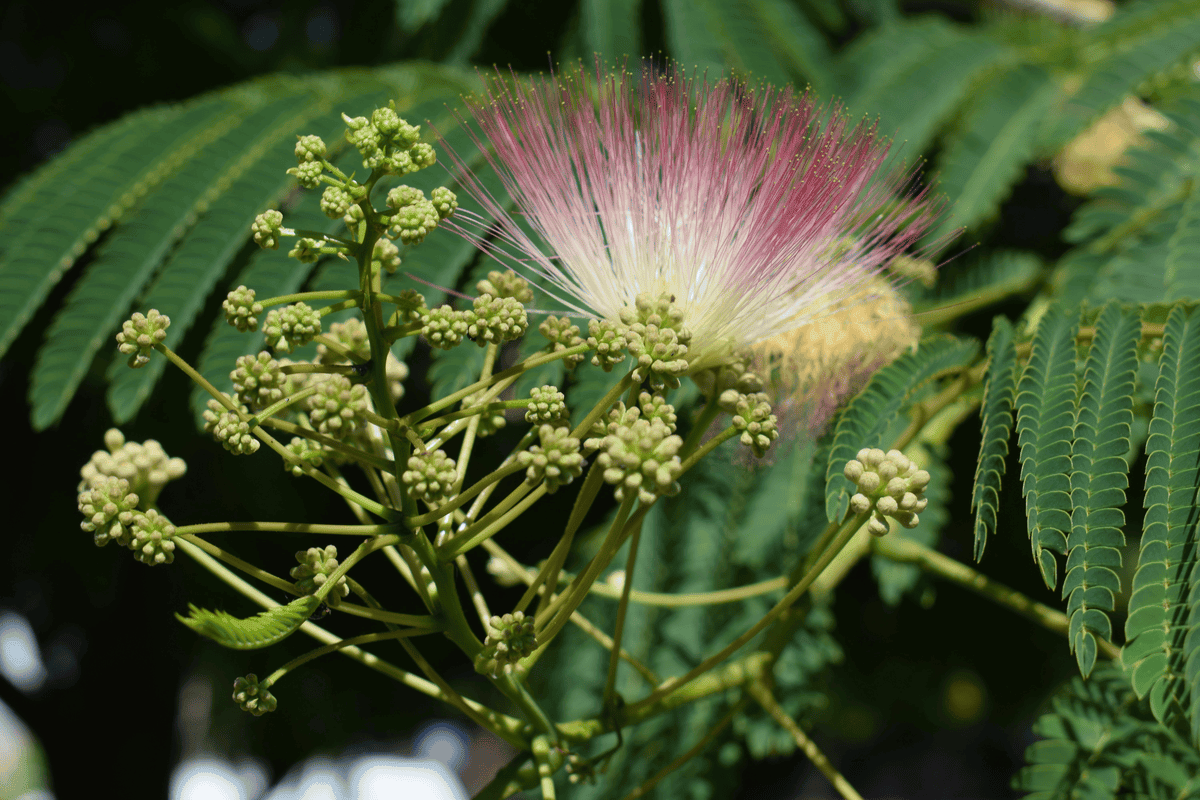Rakitovitsa , a word that sparks curiosity, refers to a plant closely linked to nature, traditional remedies, and cultural significance. Although often unknown outside of regional contexts, it is gaining worldwide recognition thanks to its diverse uses. From its health and wellness benefits to its role in ecological living, Akitowitz has established itself as a plant worth knowing. In this article, we explore what makes it so special, how it is used, and why it is becoming a topic of great global interest.
Historical Roots of Rakitovitsa
Its history dates back centuries. In traditional practices, it was valued not only as a plant but also as a natural remedy. Communities used it for medicinal remedies, seasonal rituals, and sometimes even in cooking. Its enduring reputation demonstrates that the herb is not just a plant, but a cultural heritage passed down from generation to generation.
Botanical Properties
This herb is known for its distinctive growth pattern and adaptability. It thrives in diverse climates, withstands harsh conditions, and is therefore highly sustainable. Its leaves, stems, and fruits are often used for a variety of purposes. This resilience makes it an eco-friendly choice in agriculture and horticulture.
Health Benefits
One of the main reasons for its global attention is its potential health benefits. Traditionally, it has been associated with the following properties:
Strengthening the immune system
Supporting digestive health
Anti-inflammatory effects
Providing essential nutrients
Modern studies are beginning to investigate these claims, and initial results suggest that the herb could be an excellent candidate for natural wellness solutions.
Culinary Uses of Rakitovitsa
In some regions, it is used in food preparation. Its leaves and extracts are used in teas, herbal infusions, or even as flavorings. These practices highlight the plant’s versatility and how it integrates wellness into everyday life.
Rakitovitsa in Traditional Medicine
Traditional medicine has long valued it. Healers considered it a natural remedy for seasonal illnesses, minor injuries, and to increase vitality. While it does not replace modern medicine, it continues to play an important role in alternative and herbal treatments.
Ecological Significance
Beyond its personal use, it contributes to environmental protection. It is often planted to protect the soil, maintain ecological balance, and provide refuge for wildlife. Its sustainability makes it a symbol of ecological living and environmental protection.
Cultural Significance
In many cultures, this herb is associated with traditions, festivals, and beliefs. It is more than just a plant; it represents the connection between humans and nature. This cultural significance lends emotional depth to its practical value, making it a plant that unites tradition and modernity.
Modern Uses
Today, it is not only part of tradition but is also the subject of modern research. From herbal supplements to organic farming, its uses are constantly expanding. Companies are beginning to incorporate herbal plants into wellness products, making them accessible to a wider audience.
The future of the herbaceous plant
As global interest in natural remedies and sustainability grows, the plant is expected to receive even more attention. Its combination of health, cultural, and environmental benefits positions it as a plant with a bright future in the fields of wellness and the environment worldwide.
Conclusion
Rakitovitsa is more than just a plant: it is a story of tradition, health, and sustainability. With deep historical roots and promising modern applications, it connects cultural heritage with global innovation. Whether for personal well-being, environmental protection, or cultural connection, rakitovica has lasting value that will continue to grow in the years to come.
Frequently Asked Questions
Q1: What is Rakitovitsa?
The plant is known for its cultural significance, health benefits, and environmental role.
Q2: How is it used?
It is used in traditional medicine, cooking, wellness products, and environmental protection.
Q3: Is rakitovitsa safe for everyone?
It is generally considered safe for traditional use, but it is recommended to consult a doctor or pharmacist before using it as a dietary supplement.
Q4: Can you grow rakitovitsa yourself?
Yes, it is adaptable and thrives in diverse climates, making it ideal for gardens and eco-friendly projects.
Q5: Why is rakitovitsa gaining increasing popularity around the world?
Its combination of traditional wellness, ecological value, and cultural significance makes it a topic of global interest.
